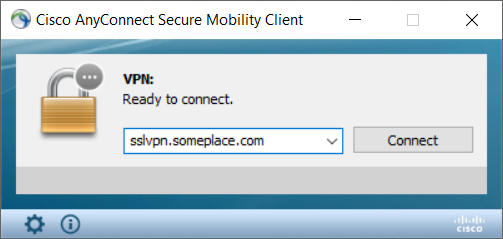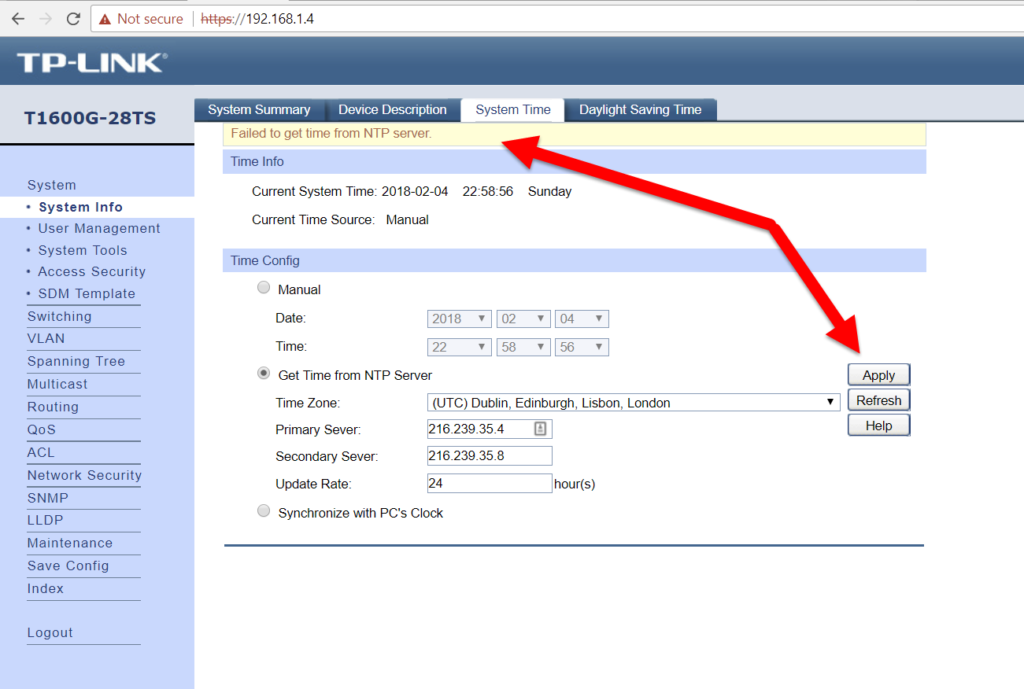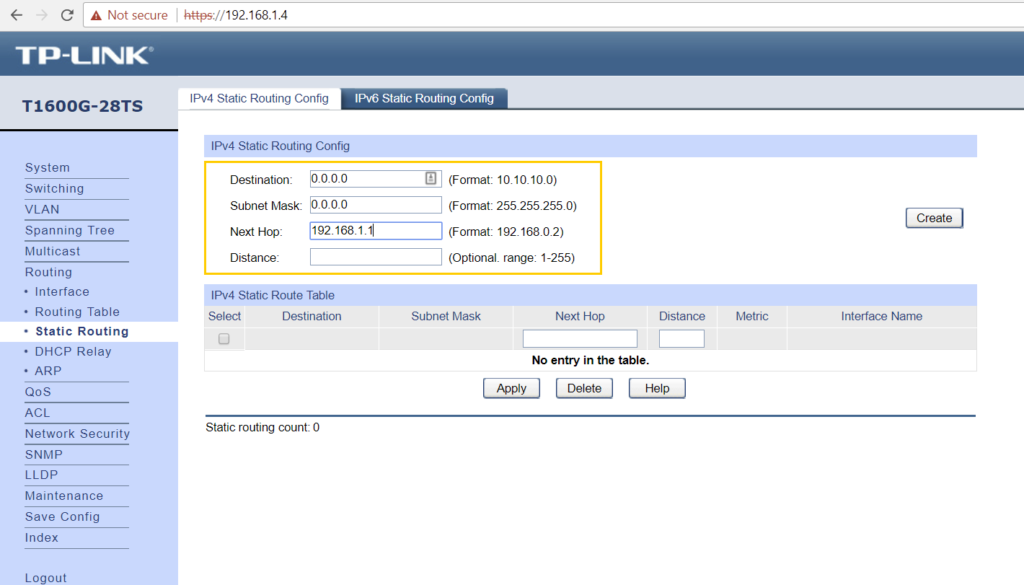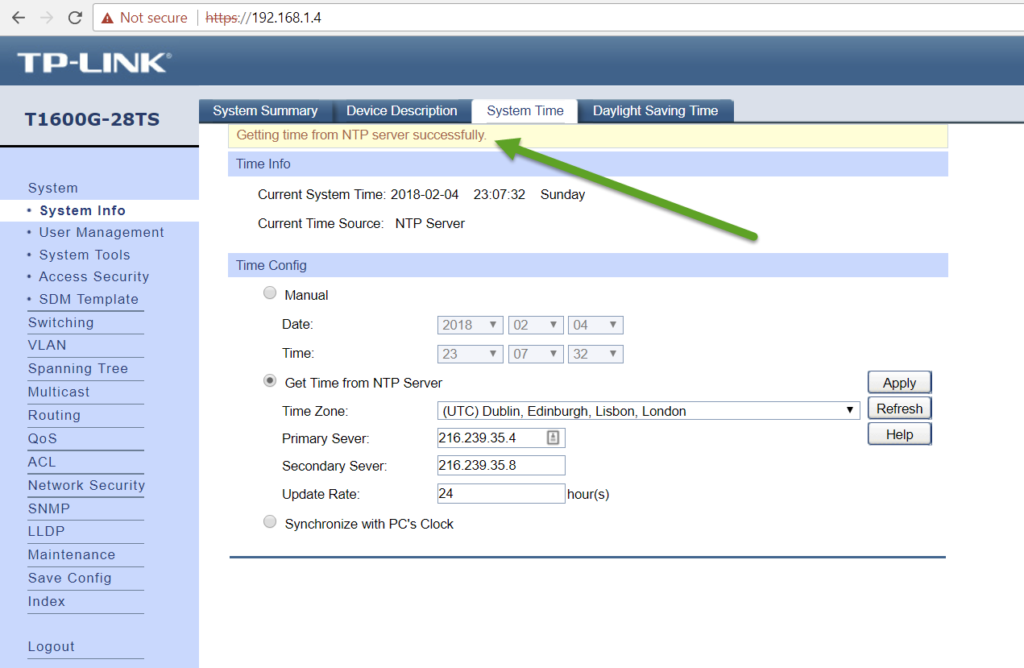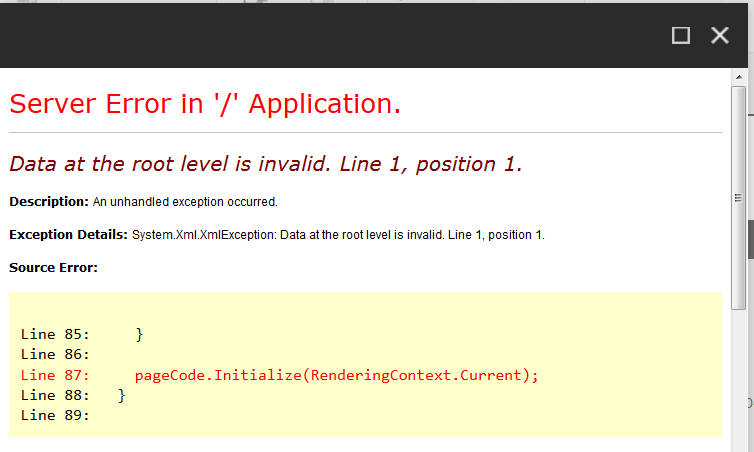Wasn’t entirely obvious how to go about this, but the scenario was that rich text content needed to be both expanded to convert links in the style ~/links.aspx?id=123456 into proper paths AND also include the server hostname rather than just root relative links.
UrlBuilderOptions urlOptions = new Sitecore.Links.UrlBuilders.DefaultItemUrlBuilderOptions();
urlOptions.AlwaysIncludeServerUrl = true;
var expander = new Sitecore.Links.ItemLinkExpander();
expander.Expand(ref richText, urlOptions);
